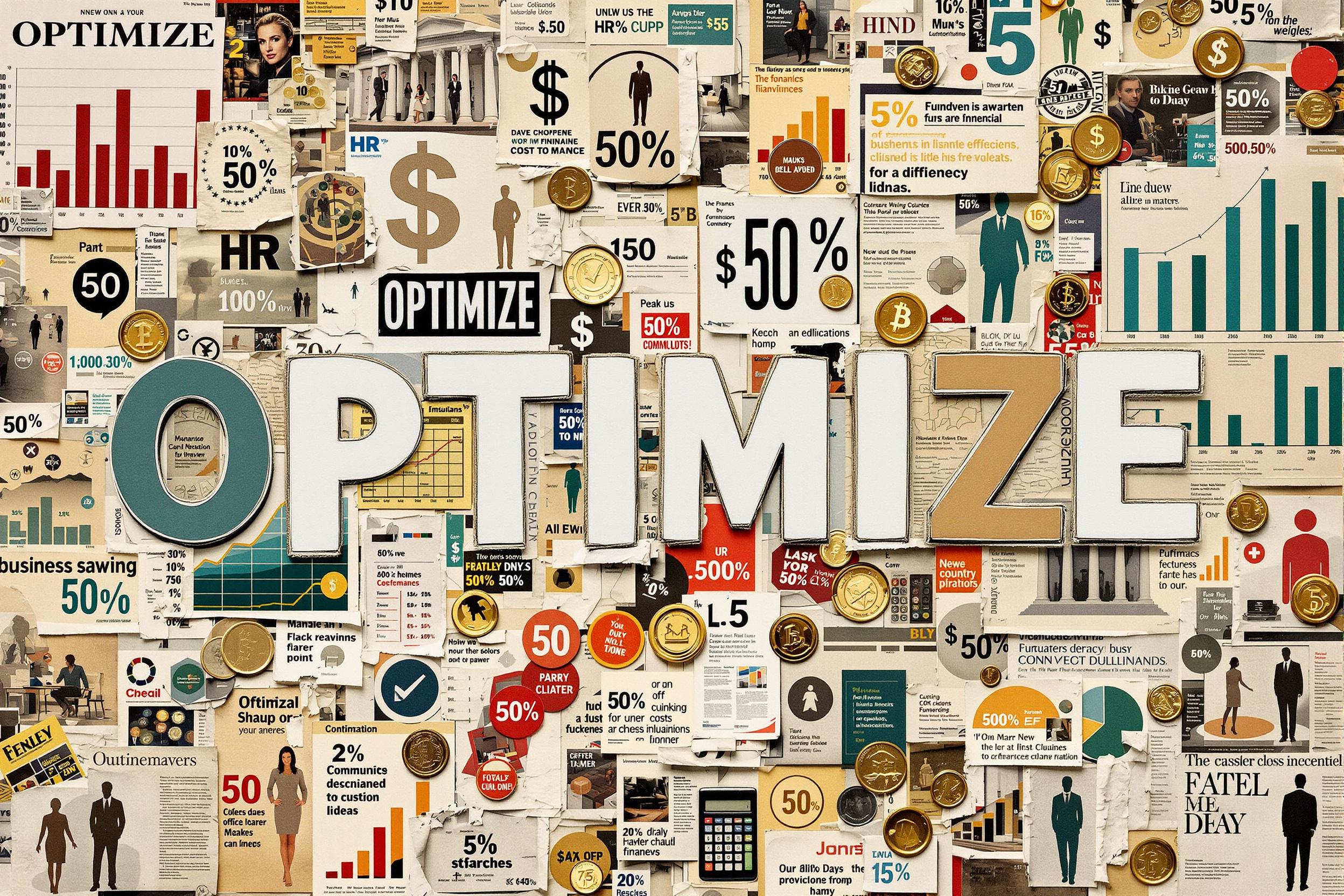
Current Draw
Current Draw refers to how much electricity a device or system uses when operating. Think of it like how much water flows through a pipe - but with electricity instead of water. When electrical professionals mention Current Draw in their resumes, they're talking about their experience in measuring, managing, and ensuring that electrical systems don't use more power than they should. This is important because too much current draw can lead to safety issues, higher energy bills, or system failures. Understanding current draw is a basic but crucial skill in electrical work, similar to how a chef needs to understand cooking temperatures.
Examples in Resumes
Performed Current Draw calculations for industrial equipment installations to ensure safety compliance
Diagnosed and resolved high Current Draw issues in commercial building systems
Monitored Current Draw patterns to optimize energy efficiency in manufacturing equipment
Typical job title: "Electrical Technicians"
Also try searching for:
Where to Find Electrical Technicians
Professional Organizations
Online Communities
Job Resources
Example Interview Questions
Senior Level Questions
Q: How would you approach troubleshooting a system that's showing unusually high current draw?
Expected Answer: A senior technician should explain a systematic approach: checking for equipment modifications, measuring individual circuit loads, inspecting for damaged wiring, and using proper testing equipment. They should mention documentation and safety procedures.
Q: How do you plan current draw requirements for a new installation?
Expected Answer: Should discuss gathering equipment specifications, calculating total load requirements, including safety margins, and ensuring compliance with electrical codes. Should mention importance of future expansion considerations.
Mid Level Questions
Q: What safety measures do you take when measuring current draw?
Expected Answer: Should mention proper use of personal protective equipment, using appropriate measurement tools, ensuring system is safe to test, and following lockout/tagout procedures.
Q: How do you determine if a circuit is properly sized for its current draw?
Expected Answer: Should explain checking equipment specifications, using appropriate wire sizing charts, understanding circuit breaker ratings, and following electrical codes.
Junior Level Questions
Q: What tools do you use to measure current draw?
Expected Answer: Should be able to name basic tools like multimeters and clamp meters, and explain their basic usage and safety considerations.
Q: What is the relationship between current draw and wire size?
Expected Answer: Should explain that larger current draw requires thicker wires to prevent overheating, and demonstrate basic understanding of wire sizing principles.
Experience Level Indicators
Junior (0-2 years)
- Basic current measurements
- Using testing equipment
- Reading electrical diagrams
- Basic safety procedures
Mid (2-5 years)
- Troubleshooting high current issues
- System load calculations
- Equipment installation planning
- Code compliance verification
Senior (5+ years)
- Complex system analysis
- Project planning and oversight
- Team supervision
- Advanced problem diagnosis
Red Flags to Watch For
- Unable to explain basic safety procedures
- No experience with measurement tools
- Lack of knowledge about electrical codes
- No understanding of load calculation basics
- Poor awareness of safety protocols
Related Terms
Need more hiring wisdom? Check these out...

The Magnetic Pull of Social Proof: How to Make Candidates Flock to Your Company

From Passive to Active: Nurturing Candidates Over the Long Haul

Cutting HR Costs Without Sacrificing Quality: A How-To for Savvy Executives

